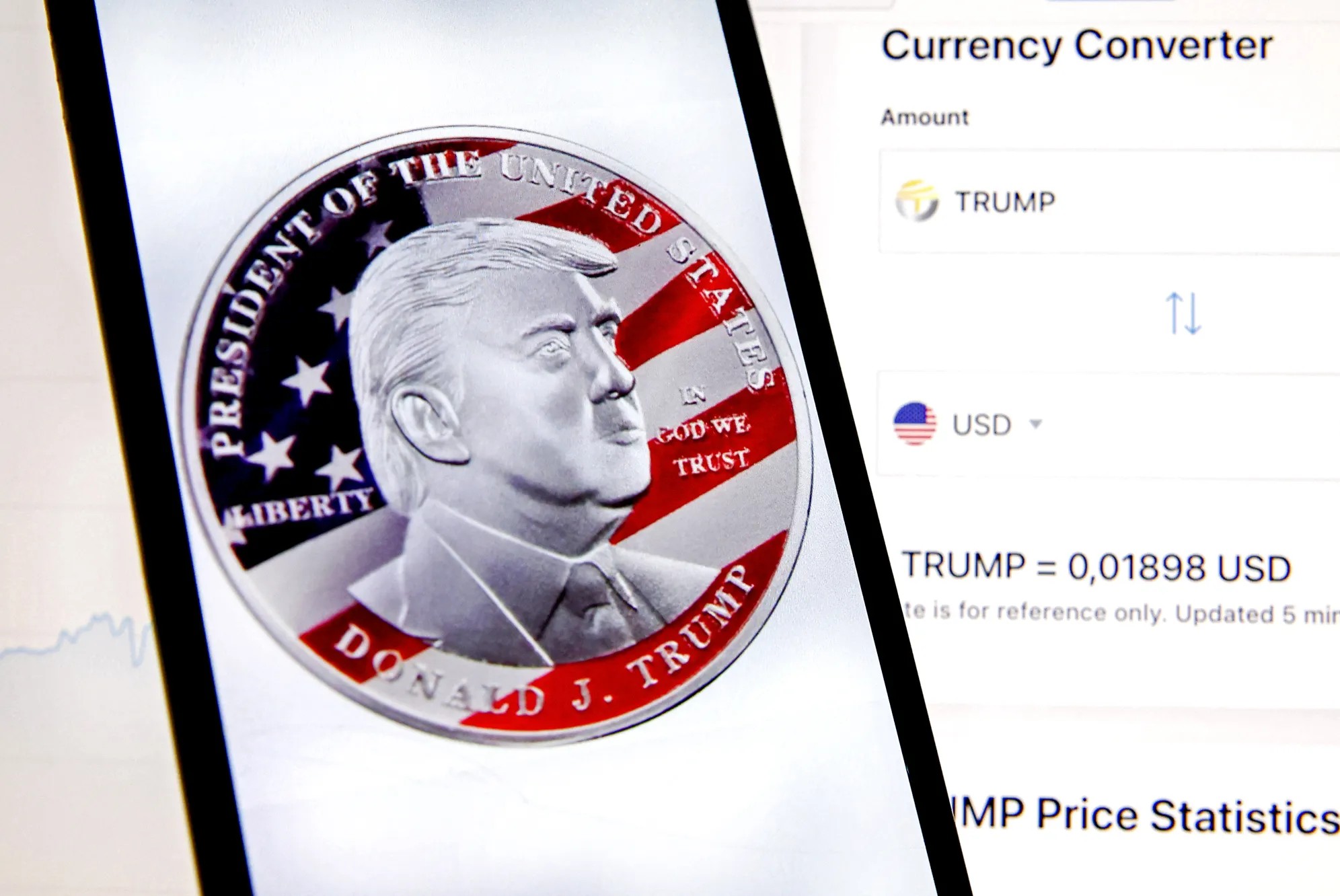Trump-Linked DeFi Project WLFI Votes on Token Buyback-and-Burn Program

World Liberty Financial, a decentralized finance (DeFi) project with public ties to the Trump family, is holding a governance vote on a new tokenomics proposal.
The plan involves establishing a buyback-and-burn program for its native token to reduce its circulating supply.
The proposal suggests using 100% of the fees generated from the project’s protocol-owned liquidity to purchase its tokens from the open market.
These tokens would be permanently destroyed by sending them to a burn address, a standard method to tighten a token’s supply.
This initiative follows the launch of the WLFI token on Ethereum[NC] at the beginning of the month.
The project, which aims to connect traditional finance with on-chain markets, also features a USD-pegged stablecoin called USD1. The token is trading nearly 40% below its all-time high, which was recorded shortly after its Sept. 1 launch.
How the Buyback Program Works
The process is designed to be continuous and transparent, with all burn transactions recorded on-chain for the community to verify. Fees collected from WLFI’s treasury-owned liquidity positions on networks like Ethereum, BNB Chain BNB $909.7 24h volatility: 1.1% Market cap: $126.61 B Vol. 24h: $1.25 B , and Solana SOL $240.6 24h volatility: 6.0% Market cap: $130.50 B Vol. 24h: $12.62 B would be systematically used to repurchase WLFI tokens.
This mechanism makes sure that fees from community or third-party liquidity providers are not affected.
According to the official proposal, the primary goal is to directly reduce the token supply and better align the protocol with its long-term holders by removing tokens from participants not committed to the project’s growth.
The buyback-and-burn model creates a direct link between platform activity and the WLFI token price, as more usage generates more fees, resulting in more tokens being burned.
The strategy reflects a broader trend in the DeFi market where protocols use cash flows for supply reduction rather than purely for emissions. Various protocols like Hyperliquid HYPE $56.46 24h volatility: 4.0% Market cap: $15.29 B Vol. 24h: $814.99 M , pump.fun, and Raydium RAY $3.69 24h volatility: 6.4% Market cap: $990.52 M Vol. 24h: $117.16 M have spent nearly $400 million on cumulative buybacks since mid-June.
The WLFI governance vote currently has overwhelming support, with over 99% of participants in favor, and is scheduled to end on Sept. 18.
The post Trump-Linked DeFi Project WLFI Votes on Token Buyback-and-Burn Program appeared first on Coinspeaker.
Read More

$200 Million Rescue Plan: TRUMP Meme Coin Fights For Survival
Trump-Linked DeFi Project WLFI Votes on Token Buyback-and-Burn Program

World Liberty Financial, a decentralized finance (DeFi) project with public ties to the Trump family, is holding a governance vote on a new tokenomics proposal.
The plan involves establishing a buyback-and-burn program for its native token to reduce its circulating supply.
The proposal suggests using 100% of the fees generated from the project’s protocol-owned liquidity to purchase its tokens from the open market.
These tokens would be permanently destroyed by sending them to a burn address, a standard method to tighten a token’s supply.
This initiative follows the launch of the WLFI token on Ethereum[NC] at the beginning of the month.
The project, which aims to connect traditional finance with on-chain markets, also features a USD-pegged stablecoin called USD1. The token is trading nearly 40% below its all-time high, which was recorded shortly after its Sept. 1 launch.
How the Buyback Program Works
The process is designed to be continuous and transparent, with all burn transactions recorded on-chain for the community to verify. Fees collected from WLFI’s treasury-owned liquidity positions on networks like Ethereum, BNB Chain BNB $909.7 24h volatility: 1.1% Market cap: $126.61 B Vol. 24h: $1.25 B , and Solana SOL $240.6 24h volatility: 6.0% Market cap: $130.50 B Vol. 24h: $12.62 B would be systematically used to repurchase WLFI tokens.
This mechanism makes sure that fees from community or third-party liquidity providers are not affected.
According to the official proposal, the primary goal is to directly reduce the token supply and better align the protocol with its long-term holders by removing tokens from participants not committed to the project’s growth.
The buyback-and-burn model creates a direct link between platform activity and the WLFI token price, as more usage generates more fees, resulting in more tokens being burned.
The strategy reflects a broader trend in the DeFi market where protocols use cash flows for supply reduction rather than purely for emissions. Various protocols like Hyperliquid HYPE $56.46 24h volatility: 4.0% Market cap: $15.29 B Vol. 24h: $814.99 M , pump.fun, and Raydium RAY $3.69 24h volatility: 6.4% Market cap: $990.52 M Vol. 24h: $117.16 M have spent nearly $400 million on cumulative buybacks since mid-June.
The WLFI governance vote currently has overwhelming support, with over 99% of participants in favor, and is scheduled to end on Sept. 18.
The post Trump-Linked DeFi Project WLFI Votes on Token Buyback-and-Burn Program appeared first on Coinspeaker.
Read More

